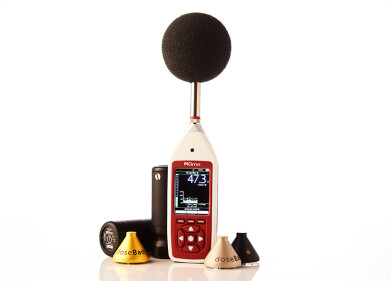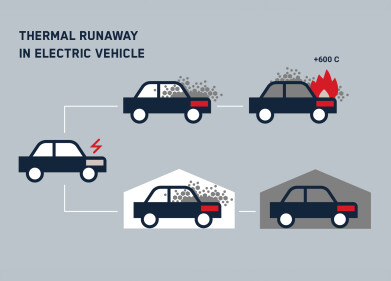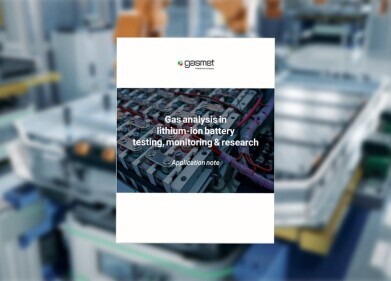Health & safety
What Are Environmental Hazards in Foods?
Dec 23 2022
In the USA alone, almost 50 million people suffer from foodborne illnesses on an annual basis, with as many as 3,000 of those dying prematurely as a result. As such, there is a huge responsibility on the food producing and processing industries to ensure that every care is taken to avoid contamination of their produce inside their facilities.
Environmental hazards in foods refer to the bacteria, toxins, pathogens and other damaging substances which can compromise the safety of a product. As the name suggests, these contaminants are found in the environment in which the food is produced or processed, so it’s important that every company involved in this sector employs robust environmental monitoring procedures to ensure that the food they create – and the environment in which it is produced – meets all relevant hygiene and safety standards.
Toxins
The growth of bacteria in food substances can eventually develop into harmful toxins, such as botulism. In humans, botulism can paralyze the nerves and lead to severe abdominal discomfort, diarrhoea, vomiting and loss of consciousness, while mortality rates among those infected are alarmingly high. Botulism usually occurs through inadequate sterilisation of canned goods and is just one of many harmful toxins which can compromise human health in contaminated food.
Chemicals
There is an extremely lengthy list of chemicals which can accumulate to unsafe levels in food products. Some of these are used intentionally at the processing stage to add colour, flavour or another characteristic to the finished product, but others can infiltrate the foodstuff from its surroundings. Per- and polyfluoroalkyl substances (PFAS), also known as “forever chemicals”, are of particular concern since they can persist in the environment indefinitely and build up to dangerous concentrations. The long-term effects of consumption and exposure are not yet fully known.
Heavy metals
Since the food preparation and processing industries necessarily involve work with a lot of machinery, tools and equipment, there is huge potential for heavy metals to leach out of these items and into the foods they are used upon. Of particular concern are substances such as lead, zinc and iron, since unsafe levels of them can be catastrophic for human welfare. As such, robust monitoring procedures (such as advanced filtration techniques, metal detectors and X-ray machines) are used to minimise the risk of heavy metal contamination.
Allergens
Of course, not all hazards are dangerous to everyone. Some people are predisposed to have allergic reactions to certain foodstuffs and ingredients, with things like gluten, dairy, nuts and shellfish among the most common and potentially harmful. For this reason, it is the responsible of the site owner to ensure that any facility wherein allergens may be present – even if they are not used in the food production – cannot contaminate their products. Disclaimers notifying consumers of the possible presence of such allergens in their factories are a popular method of precluding litigation.
Digital Edition
IET 35.2 March
April 2025
Air Monitoring - Probe Sampling in Hazardous Areas Under Extreme Conditions - New, Game-Changing Sensor for Methane Emissions - Blue Sky Thinking: a 50-year Retrospective on Technological Prog...
View all digital editions
Events
May 10 2025 Karachi, Pakistan
May 11 2025 Vienna, Austria
May 11 2025 Seoul, South Korea
Salon Analyse Industrielle & Instrumentation
May 14 2025 Paris, France
May 15 2025 Istanbul, Turkey






_(4427399123)-(2).jpg)












